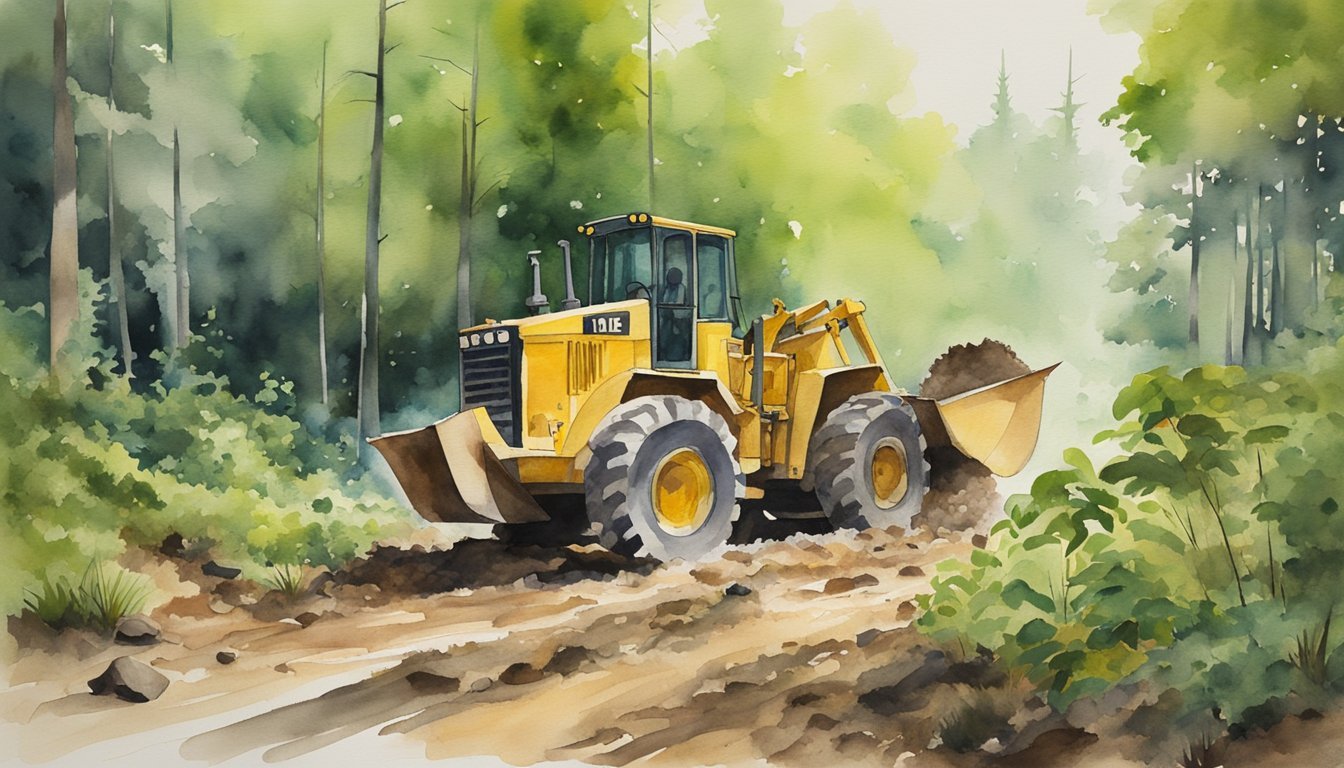Causes of Habitat Destruction
Habitat destruction, the alteration or loss of the natural environment in which wildlife and plants thrive, is a critical issue facing global biodiversity. The resulting decline in species and ecosystems has direct ties to specific human activities and natural phenomena.
Deforestation and Forest Loss
Forests across the world are under severe stress, with deforestation leading to the loss of these vital ecosystems. Often driven by the need for timber and the clearing of land for other uses, logging decimates vast tracts of forest land.
Agricultural Expansion
The conversion of natural habitats into agricultural land to produce food, feed, and fiber is a leading cause of habitat destruction. The use of fertilizers and pesticides in agriculture further contributes to habitat degradation by altering soil composition and contaminating water sources.
Urbanization and Land Conversion
The growth of urban areas results in significant land conversion, transforming natural landscapes into cities and suburbs. Urban sprawl not only reduces the available habitat for wildlife but also fragments ecosystems, making it harder for species to survive.
Mining and Resource Extraction
Mining activities are a powerful driver of habitat destruction. Extraction processes often result in widespread environmental damage, including soil erosion and water pollution, affecting both land and marine habitats.
Climate Change and Pollution
Climate change has far-reaching effects on habitats worldwide. Rising temperatures, changing weather patterns, and increased occurrences of natural disasters like wildfires all lead to habitat loss. In addition, pollution from various sources compounds these effects, leading to further biodiversity decline.
Invasive Species
Introduction of invasive species often occurs through human activities such as trade and transportation. These non-native species can become dominant, outcompeting local flora and fauna, and transforming ecosystems.
Impacts and Conservation Efforts

Habitat destruction significantly undermines biodiversity and ecological health, yet ongoing conservation actions strive to mitigate these impacts through protection and policy reforms.
Effects on Biodiversity and Ecosystems
Habitat destruction leads to a reduction in biodiversity, which is essential for maintaining balanced ecosystems. Terrestrial, tropical forests and marine habitats sustain complex food webs where each species, from the largest mammals to the smallest insects and plankton, plays a role in healthy ecological functioning.
Threats to Wildlife and Plants
The loss and degradation of habitat pose the most pressing threat to wildlife and plants. Vertebrate species, including birds, fish, and other animals, face reduced survival as their natural resources are depleted. Habitat fragmentation further isolates populations, limiting genetic diversity and resilience.
Protection of Endangered Habitats
The establishment of protected areas is a critical step in safeguarding endangered habitats. These areas aim to prevent biodiversity loss and ensure the persistence of vital ecosystems by curtailing habitat degradation and providing undisturbed space for ecology to thrive.
Community Engagement and Policymaking
Involving local communities in conservation efforts ensures that the needs of human populations are aligned with environmental protection objectives. Policymaking at both local and global levels plays an essential role in habitat protection strategies, directing resources toward conservation and implementing regulations that address the root causes of habitat destruction.

